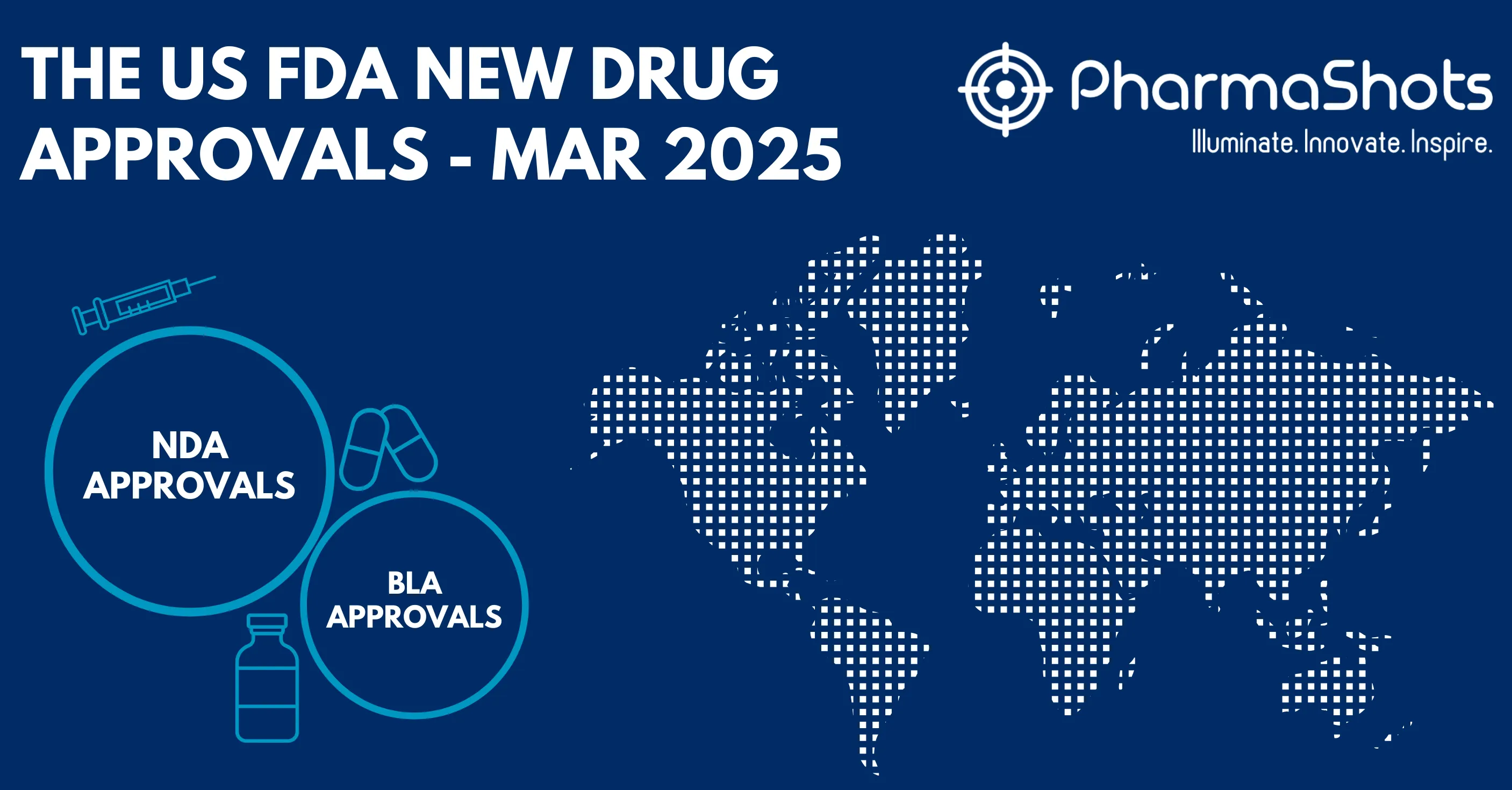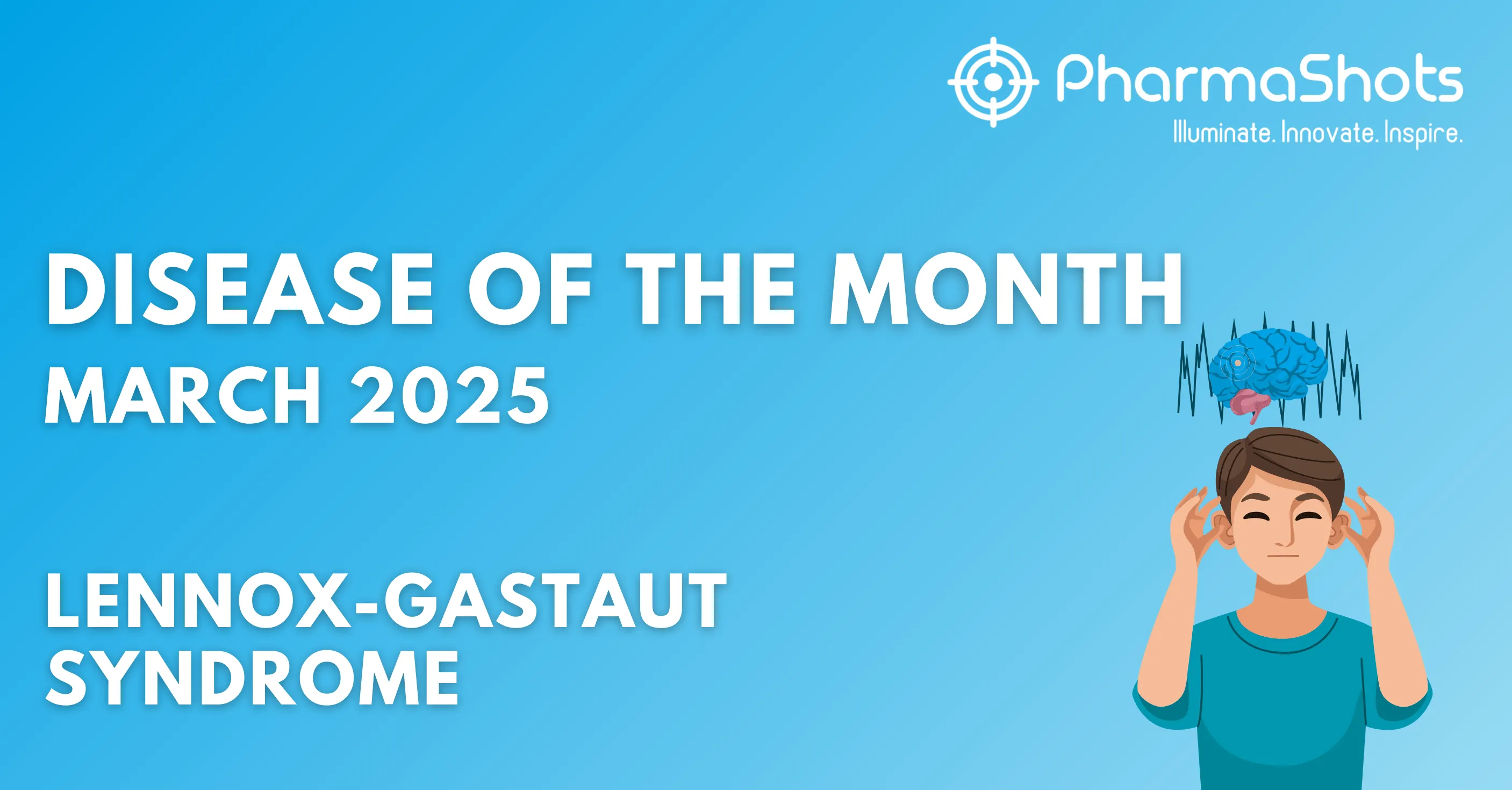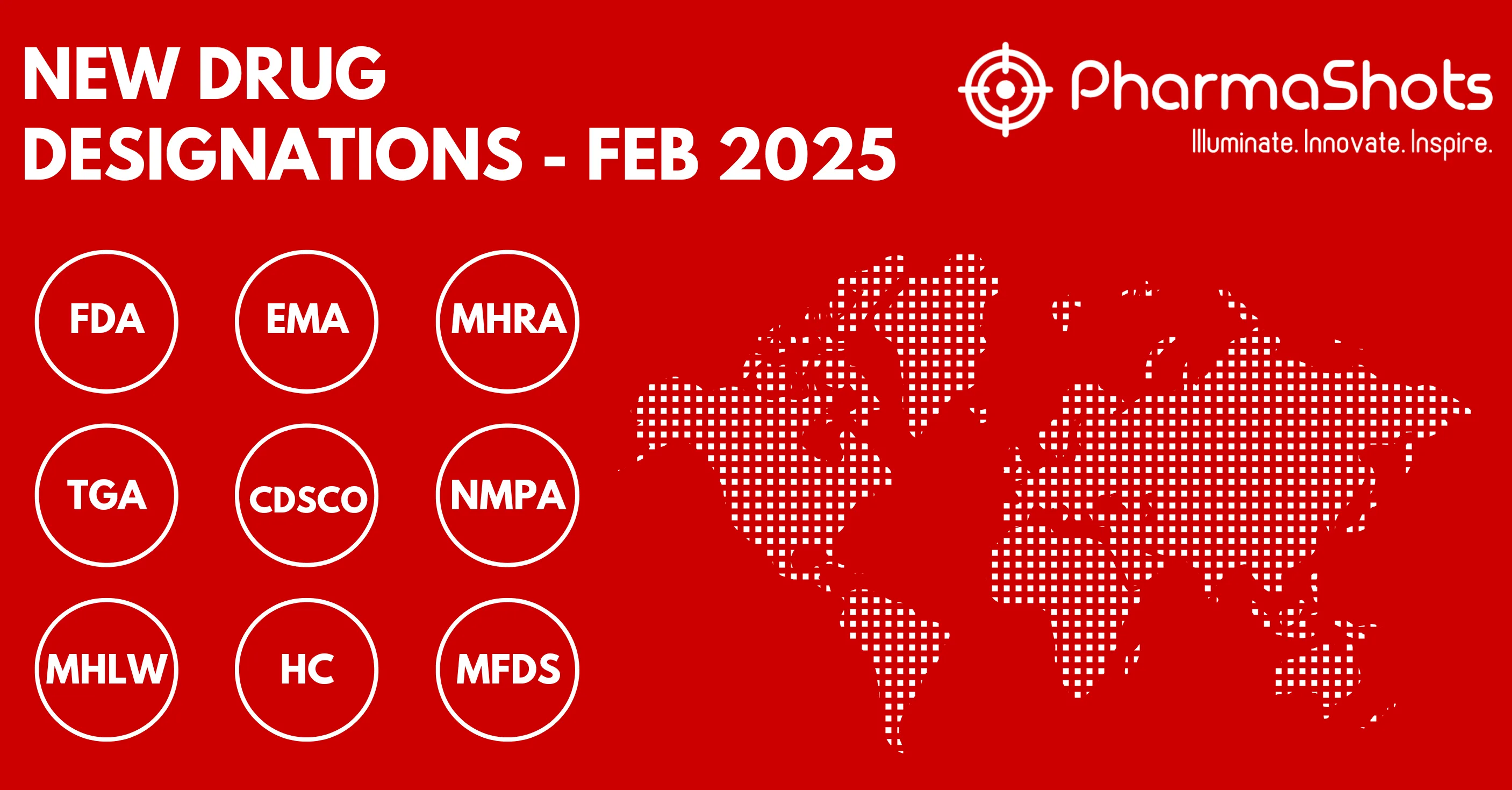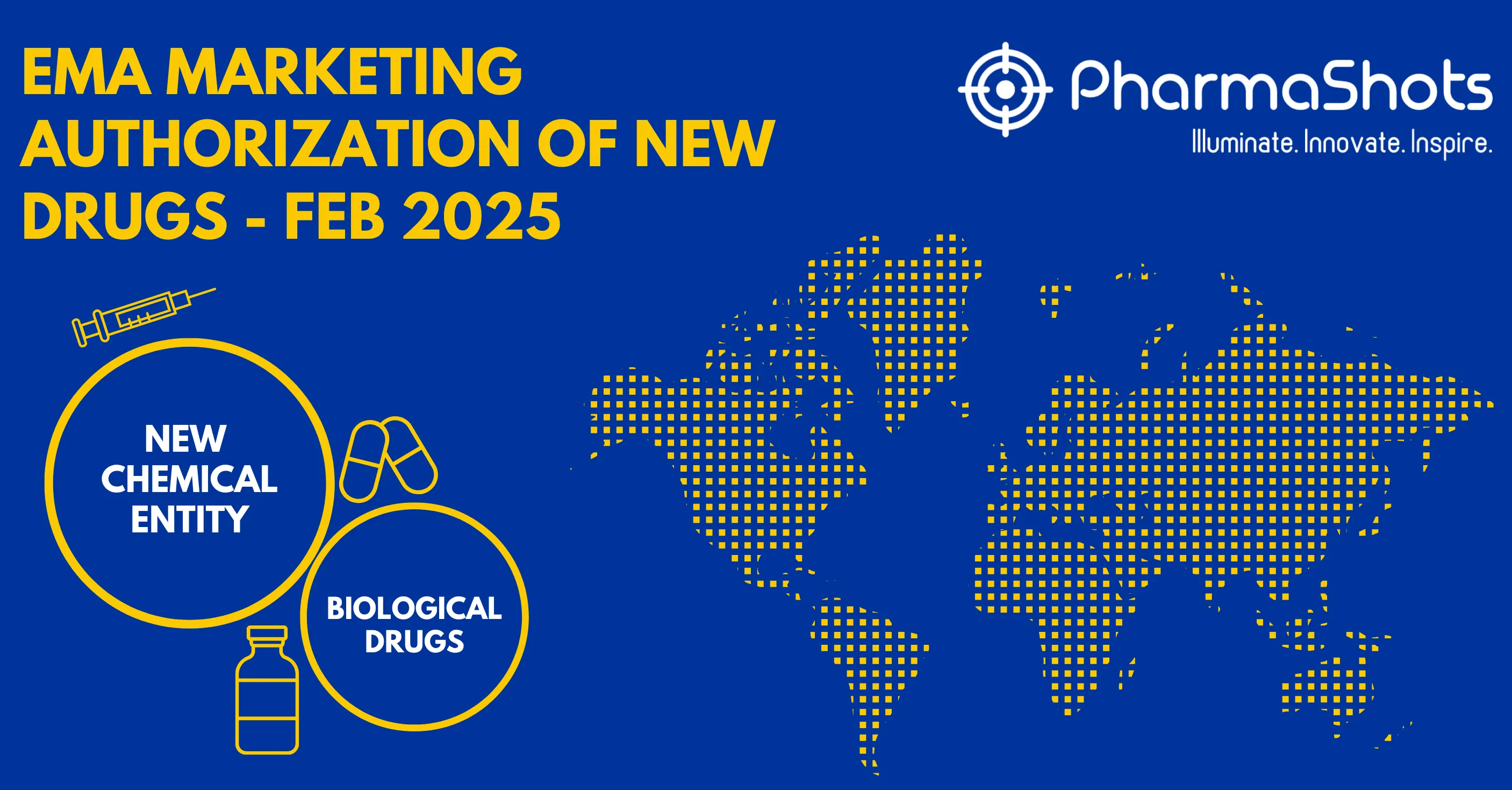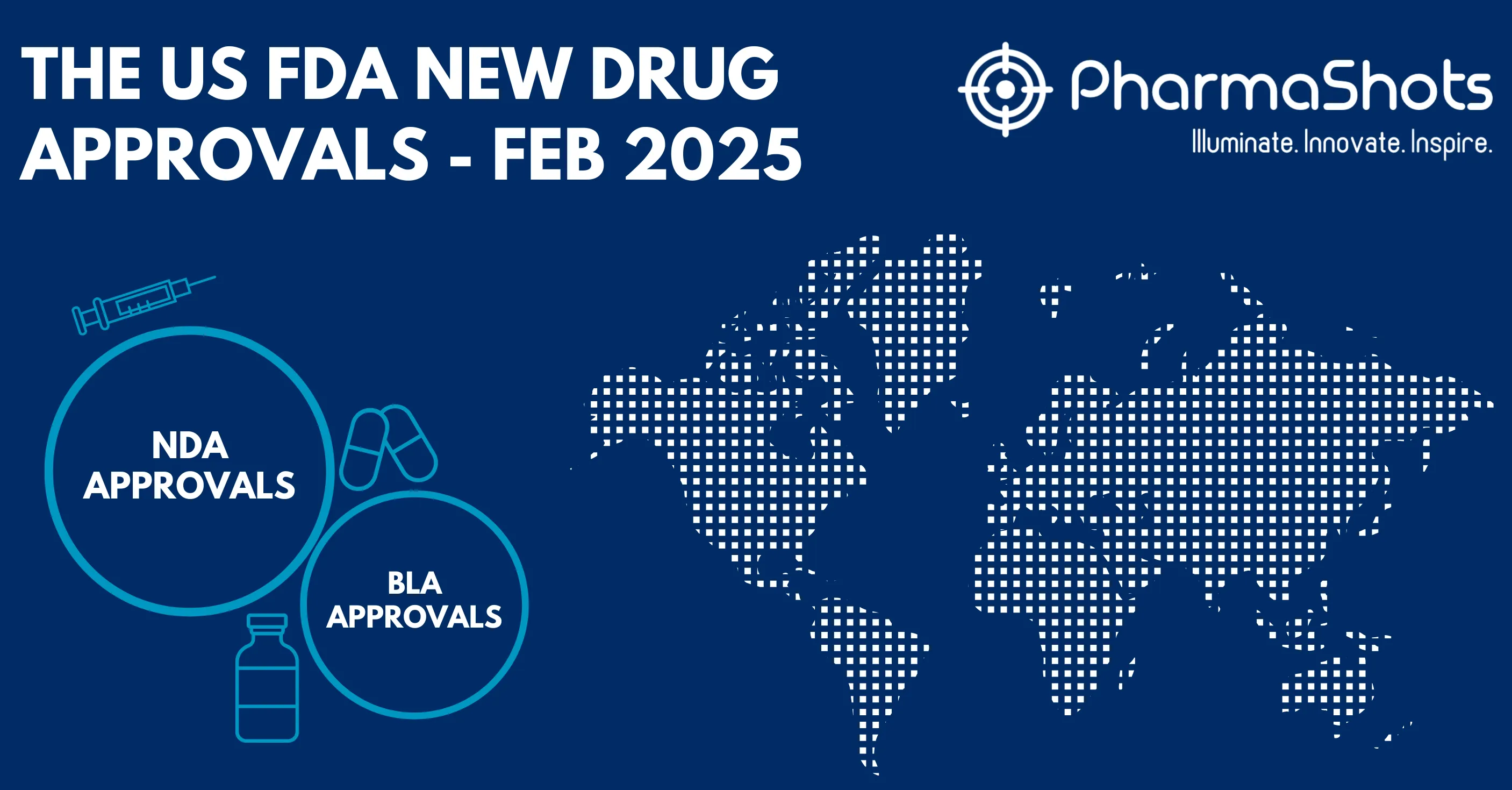
Disease of the Month: Cerebral Palsy
INTRODUCTION
Cerebral Palsy is a group of neurological disorders which affect motor and developmental skills. It causes disability in muscle tone, movement, balance, and posture. It is the most common motor disability in childhood with an estimated prevalence ranging from 1-4 per 1,000 live births. The incidence of CP is more in preterm or low birthweight babies. “Cerebral” means a disorder related to the brain and “Palsy” means muscle weakness or muscle problem. CP is caused when the part of the brain that controls the movement ability of the muscles develops abnormally during pregnancy (Congenital CP) or if it gets damaged at the time of birth or in the early stages of life (Acquired CP).
Some factors that can increase the risk of congenital CP like:
- Premature births
- Underweight births
- Twins or other multiple births
- Being conceived through IVF or any other assisted reproductive technology
- Being born to a mother who had an infection during the pregnancy
- Having brain damage caused due to untreated severe newborn jaundice (kernicterus)
Though uncommon but the incidence of Acquired CP can increase in case the child had:
- A brain infection (like meningitis)
- Suffered a serious head injury
It is observed that the incidence of Cerebral Palsy is more common in boys than girls, and also more among black children than white children.
TYPES OF CEREBRAL PALSY
According to the main type of movement disorder, doctors have classified CP into 4 types:
1. Spastic Cerebral Palsy
It is the most common type and affects about 80% of the total CP patients. In this type, people have increased muscle tone which means that the muscles of such people are stiff which makes their movements awkward. It is further divided depending on which part of the body is affected:
- Spastic Diparesis/Diplegia- in this case, the leg muscles are stiffer than the arms.
- Spastic Hemiparesis/Hemiplegia- in this case, only one side of the body is affected and generally the arm is more affected than the leg
- Spastic Quadriparesis/Quadriplegia- it is the most severe form of spastic CP affecting all four limbs, the neck, and the face
2. Dyskinesia Cerebral Palsy
In this type of CP, people face problems in controlling the movement of their arms, hands, legs and feet, making it difficult for them to walk and sit. The movements are out of one’s control and can be either rapid and jerky or slow and writhing. The muscle tone of the person can also vary not only from day to day but even multiple times in a day. In some cases, the tongue and face muscles make it difficult to suck, swallow or talk. It also includes choreoathetoid, athetoid, and dystonic cerebral palsy.
3. Ataxia Cerebral Palsy
Patients with Ataxia CP have difficulty in balance and coordination. They may face difficulty performing quick movements or movements that require a great amount of control, like writing. They may experience unsteadiness while walking. They may experience a hard time controlling their arms or hands while reaching out for something.
- Mixed Cerebral Palsy
Some people may experience a mix of symptoms of different types of CP. The most common type is Spastic-Dyskinetic CP.
SYMPTOMS
Some symptoms might show up at birth whereas others may take a while to appear. The symptoms of CP mostly include delays in the baby’s milestones linked to the usage of muscles (but not all delays indicate that your baby has CP).
If your baby is younger than 6 months:
- The baby feels stiff or floppy
- While lifting the baby, their legs stiffen and cross over each other
- When picked up from sleeping (on their back), the baby’s head falls backward
- When cradled in arms, the baby extends its back and neck as if pushing away from you
If your baby is older than 6 months:
- They are not able to bring their hands together
- They are not able to roll over
- They face difficulty bringing their hands to their mouth
- While reaching out, they use only one hand while the other is in a fist
If your baby is older than 10 months:
- The baby is not able to crawl on all fours but instead scoots or hop on their knees
- The baby crawls by pushing off with one hand and one leg while dragging the other side of their body
If the baby is older than a year but can not stand without support or crawl, it may also indicate the symptoms of CP.
Some neurological symptoms include:
- Dysarthria (difficulty in speech and language)
- Hydrocephalus (building up of cranial pressure due to fluid imbalance)
- Visual/Hearing Impairments
- Delay in motor skill development
- Sensory Impairments
- Behavioural Problems
The majority of babies with CP experience an array of different health complications that are developed due to damage to the developing brain and not as a direct result of CP. Among several coexisting conditions, epilepsy is the most common one occurring in CP patients.
TREATMENT
Cerebral palsy may require lifelong care from a medical care team for both children and adults. The team may also comprise a variety of therapists and mental health professionals in addition to a paediatrician, physical medicine and rehabilitation specialist (physiatrist), and maybe a paediatric neurologist to manage the child's medical care. These specialists can consult with the main care provider and pay particular attention to requirements and problems that are more prevalent in people with cerebral palsy. They can create a treatment plan together.
The condition of cerebral palsy is incurable. However, there are numerous therapeutic alternatives that can help the child perform better on a regular basis. Care options will be determined by the individual's symptoms and needs, which may change over time. Results can be improved with early intervention.
The already existing treatments options include:
1. Medications- They can be used for treating some symptoms like seizures, spasticity, and involuntary movement. Some common classes of medications include:
- Antidepressants
- Nerve blocks
- Anticonvulsants (suppress seizures causing neurons)
- Botox (spasticity treatment)
- Baclofen (muscle relaxer)
- Benzodiazepines (treats insomnia, anxiety, and seizures)
2. Therapies- Therapy can help with mobility and cognitive function.
- Physical Therapy
The child's strength, flexibility, balance, motor development, and mobility can all benefit from muscle-building exercises and training.
Physical and occupational therapists focus on issues like head and trunk control, rolling, and gripping for the first one to two years following birth. Later, wheelchair assessments are performed by both types of therapists.
The child may need braces, splints, or other supportive equipment to help with function, such as better walking, and loosening up tight muscles.
- Speech and Language Therapy
The benefits of speech and language therapy for children include improved speaking and communication skills. If the disease is extremely complicated, communication tools like voice synthesizers and computers are used. Speech therapists can help those who have trouble swallowing and eating.
- Recreational Therapy
Some children gain advantages from participating in competitive or adaptive sports, such as therapeutic skiing or horseback riding. The motor, speech, and emotional development of the child can all be helped by this kind of therapy. Regular physical activity and exercise are beneficial for both adults’ and children's overall health and fitness.
3. Surgical Procedures- Surgery might be required to treat bone abnormalities brought on by spasticity or to alleviate muscular tightness
- Orthopaedic Surgeries
Surgery on bones or joints may be necessary for children with severe contractures or abnormalities in order to realign their arms, spines, hips, or legs. Additionally, muscles and tendons that have been compressed by contractures can be lengthened or repositioned through surgical operations. These adjustments can reduce discomfort and increase mobility. The operations may also make it simpler to use crutches, a walker, or other aids.
- Selective Dorsal Rhizotomy (Cutting Nerve Fibers)
It a surgical procedure often used to treat severe cases of spasticity after conventional treatments have failed. This relieves pain by relaxing the muscles in the legs, but it may also cause numbness.
4. Devices: Some devices are available to help patients with mobility issues caused by cerebral palsy, includes:
- Cionic’s Neural Sleeve
The Neural Sleeve developed by Cionic is the first algorithm-powered bionic garment intended to help patients with mobility issues caused due to cerebral palsy, stroke, multiple sclerosis, or any other condition. It is the first product that combines movement analysis and augmentation into a wearable garment. The product has received its FDA clearance for “functional electrical stimulation to assist in gait for people with foot drop and leg muscle weakness” as announced by the company on 8 March 20229
SOME TREATMENTS UNDER DEVELOPMENT
1. Spinal Cord innovation in Pediatrics (SCiP)
It is a non-invasive spinal electrical neuromodulation device being developed by SpineX. It provides transcutaneous spinal cord stimulation for the potential treatment of underlying neurological dysfunction in children with Cerebral Palsy. The device has shown great results in the early clinical feasibility studies and has received Breakthrough Device Designation from FDA on 02 May, 20227. On 5 October 2022, the company announced that SCiP has generated ground-breaking results in its first-in-human study conducted on 16 children by improving their voluntary sensorimotor functions8. Additionally, SpineX and the FDA are working together to develop a clinical trial that will be carried out in 2023
2. Stem Cell Therapy
Over the years, many great improvements have been observed in patients with the use of this treatment method. A research paper published by Chinese researchers concluded that after being treated with stem cell therapy, the patients showed 100% improvements in movements like sitting, rolling, and lying. A 38% improvement was also observed in activities like running, jumping, and walking. For those who have been diagnosed with cerebral palsy, this breakthrough treatment does provide new hope! However, stem cell therapy is still in clinical studies and has not yet obtained FDA approval10.
REFERENCES
- Cerebral Palsy – Mayo Clinic
- Cerebral Palsy - CDC
- Cerebral Palsy - WebMD
- Cerebral Palsy Guide
- Cerebral Palsy Guidance
- Cerebral Palsy – Drugs.com
- SpineX PR 1
- SpineX PR 2
- Cionic PR
- Newest Treatment For Cerebral Palsy in 2022( Stem Cell Therapy And More)
Related Post: Disease of the Month: Duchenne Muscular Dystrophy (DMD) | PharmaShots
Tags

Akanksha was a content writer at PharmaShots. She is interested in covering recent innovations from pharma & medtech industry. She covers news related to Product approvals, clinical trial results, and updates. She is passionate, meticulous, diligent, and inquisitive. She can be contacted at connect@pharmashots.com.





